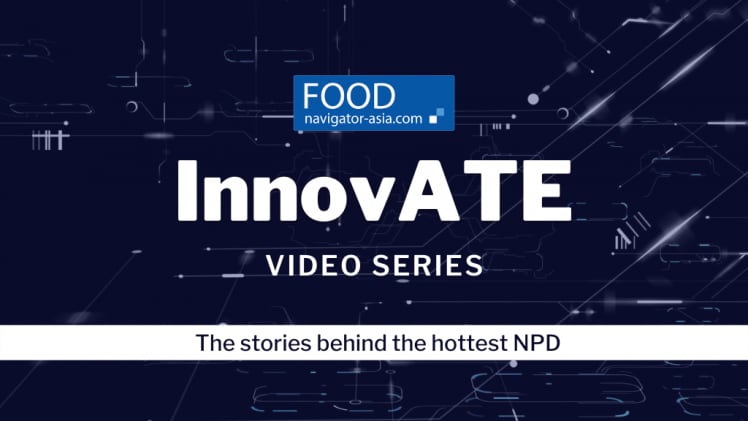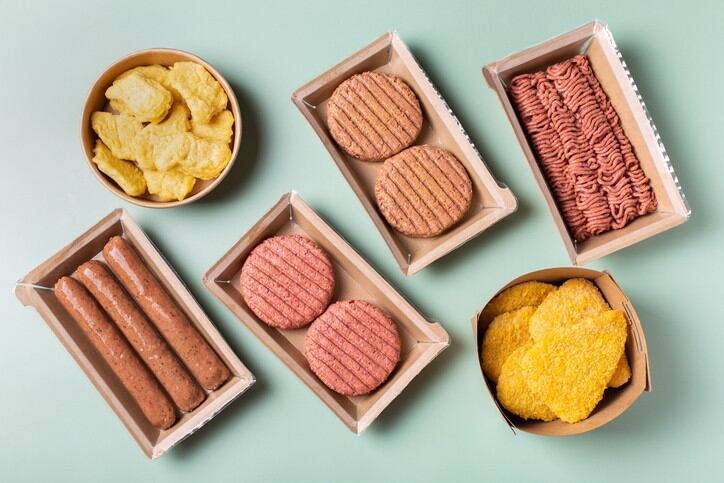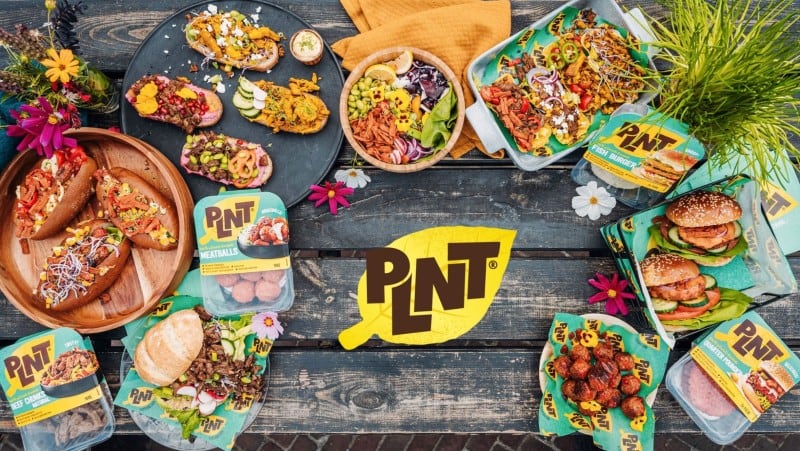Thai Union launched its first plant-based product line OMG Meat back in 2021, comprising of both meat and seafood alternatives. So far the plant proteins used in these have come from more conventional sources such as soy and wheat, as well as in-house tech used to make its plant-based shrimp.
But given the firm’s long history with seafood, it has aspirations to look more closely at the ocean to find more marine-affiliated protein sources for its plant-based alternative innovations.
“Alternative seafood formulation is much more challenging that that of alternative meat, especially when considering factors such as texture and variety,” Thai Union Alternative Proteins Managing Director Maarten Geraets told FoodNavigator-Asia.
“Meat texture focuses on characteristics such as toughness and strong fibres, but for seafood the parameters are more wide-ranging including areas like softness, flakiness, succulence, moistness and so on.
“Also when making alternatives to chicken, pork or beef there is only a need to focus on one type of each – but in seafood there are some 200 species out there which all have different profiles and taste which makes the challenge many times fold.
“We also believe there is immense potential to develop these with alternative proteins that come from the sea and not the land – making Sea-Food from sea-plants, if you will – and this would tie in very well with Thai Union’s seafood core and our Blue Finance endeavours.”
That said, there are also many more challenges associated with using these marine plant sources, not least the visual aspects of this.
“We do intend to focus on fermentation technologies to develop alternative protein products from sources such as algae, seaweed and kelp, but the green colour of these is one of the most obvious challenges,” he added.
“Green coloured fish just isn’t logical nor appetising, so we are working on overcoming this, but do believe that this is the next step for us in the sector – the sustainability benefits are also too immense to ignore, from carbon absorption to regenerative farming, clean oceans and more.”
Geraets also highlighted that the alternative proteins sector can be viewed as a type of new food technology, representable by the Gartner Hype Curve so often used in technology assessment.
More importantly, its current state is such that the more mature markets including the United States are already hitting the ‘trough of disillusionment’, as can be seen by the various troubles pioneering brands such as Beyond and Impossible have been seeing back in this market.
“Food technology is not the same as technology, which shows much quicker adoption and iterations, because consumers tend to be more cautious with food and often like to stay more traditional,” he said.
“Over the past few years there has been huge hype over the industry and there’s been a sort of echo chamber effect, which was accelerated even further by the pandemic bringing health awareness to the forefront – but after the pandemic, with the onset of economic challenges a lot more people are over the hype, so although the change is still coming and growth is still there, we now know it will take more time.
“It’s been an awakening for the industry in that the whole thing was inflated and now we’ve come back to reality – but alternative proteins have not gone away and that is reassuring, and we now know that products need to be better and have that wow factor.
“If we look at the technology Hype Curve, APAC is still around the peak as we’re not quite as mature as other markets, but some of these are entering or have entered the trough stage – but although there was some negative news, the underlying fundamentals are still there so APAC needs to make sure we have more new solutions to ensure our growth continues too.”
Watch the video above to find out more.





